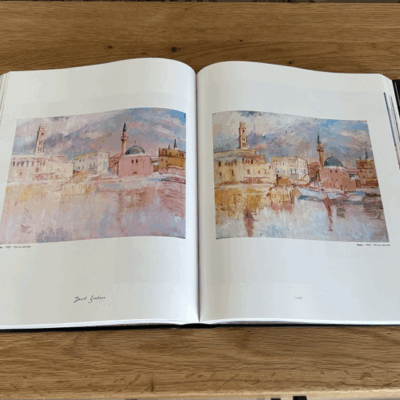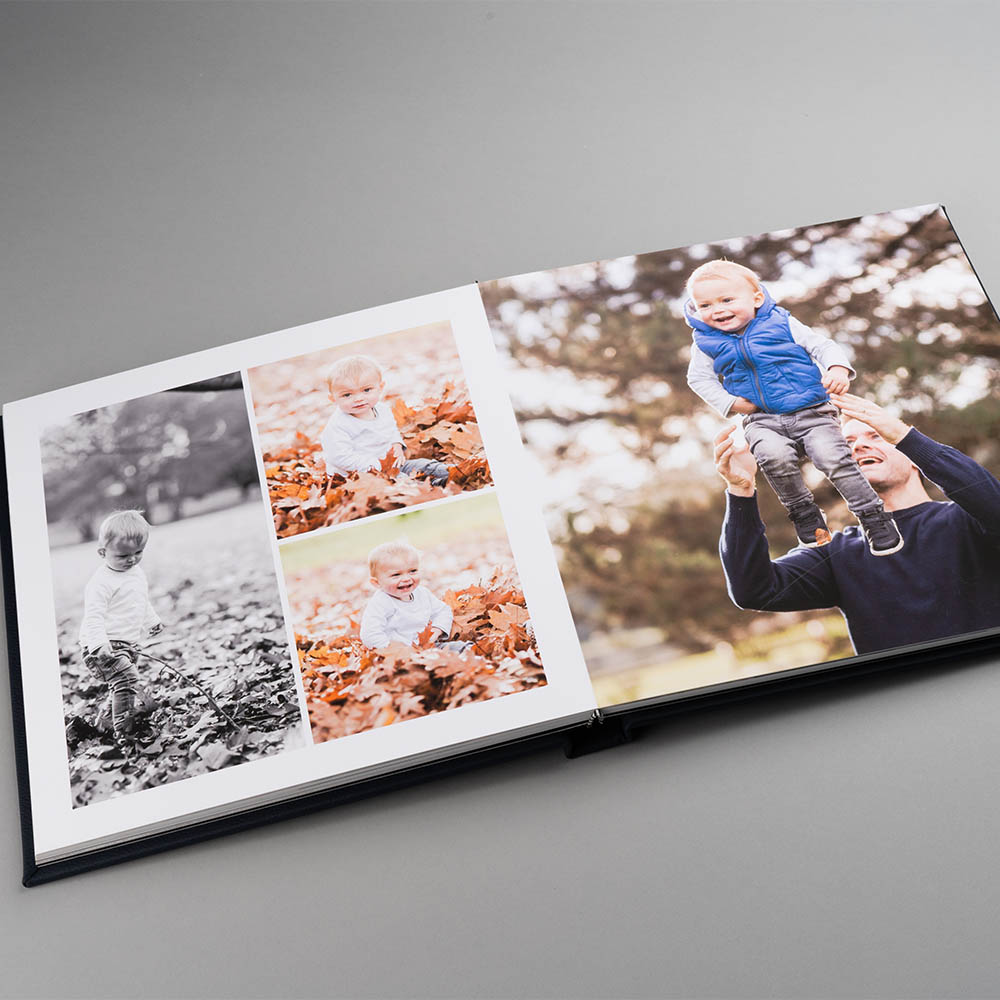The Detailed Checklist for Printing a Successful art book
Wiki Article
Browsing the World of Art Book Printing: Advice for a Perfect Finish
When it concerns art book printing, you require to mix imagination with technical expertise for the best outcomes. You'll face selections that can make or break your project, from selecting the appropriate printing method to selecting paper that boosts your art work. Prior to you settle anything, there's a vital action that can conserve you from expensive blunders. Allow's discover what that is and exactly how it can raise your art book.Recognizing the Printing Process
When you immerse yourself on the planet of art book printing, understanding the printing process is vital for achieving your wanted results. Begin by familiarizing on your own with different printing methods, like electronic and balance out printing. Each method has its toughness, so consider your project's range and budget plan.Following, take notice of color monitoring. Make certain your pictures are in the appropriate shade account, as this impacts just how they'll show up in print. You'll likewise wish to select the appropriate resolution-- 300 DPI is basic for premium prints.
Do not forget the importance of proofing. Always request a proof before the last print go to capture any kind of errors or inconsistencies in shade. Finally, keep in mind that timing issues. Go over manufacturing timelines with your printer to guarantee your job remains on schedule. Understanding these aspects can significantly enhance the top quality and general appearance of your art book.
Selecting the Right Paper
Picking the right paper can significantly influence the total look and feel of your art book. You'll desire to mirror on elements like weight, appearance, and surface. A heavier weight paper can give your images an extra glamorous look, while lighter papers could really feel more fragile.Texture plays a crucial duty also; glossy paper enhances shades and detail for vibrant photos, while matte paper uses a much more controlled and imaginative look. Consider how you want your artwork to be regarded-- do you choose sharp contrasts or softer edges?
This will aid you envision exactly how your art connects with different documents. Bear in mind, the appropriate option can boost your book from common to amazing, ensuring your creative vision shines via in every web page.
Discovering Binding Choices
When it comes to binding your art book, you've obtained numerous options to contemplate that can affect both the feel and look of your task. Consider the sturdiness features you require, along with the cost implications of each binding method. Choosing the right binding can elevate your artwork and assure it lasts for many years to find.Kinds Of Binding Approaches
There are several binding techniques to ponder for your art book, each offering distinct benefits and looks. If you're trying to find a sleek surface, ideal binding is a superb option, providing a specialist appearance with a durable spine. For an extra imaginative touch, take into consideration spiral binding; it permits your book to lay flat, showcasing your art work magnificently. If you like a standard feel, situation binding gives you a long lasting hardbound option, perfect for high-grade prints. Saddle sewing is one more alternative, perfect for thinner books and offering a tidy and minimalistic appearance. Each binding approach has its charm, so consider your book's purpose and target market to pick the one that best enhances your vision.
Choosing Resilience Features
After thinking about the numerous binding techniques, it's time to focus on toughness features that can enhance the durability of your art book. If you anticipate your book to endure constant handling, choose for products like laminated covers or coated paper, which withstand wear and tear. Focus on these functions to maintain your art book looking immaculate.Cost Effects of Binding
While choosing a binding alternative for your art book, it's essential to consider how each selection impacts your budget plan. Various binding types-- like excellent binding, saddle sewing, or hardbounds-- differ substantially in cost. Perfect binding uses a specialist appearance however can be costlier as a result of Check This Out the adhesive used. Saddle stitching is much more economical, optimal for smaller sized books, yet it could not fit larger tasks. Hardcover binding, while resilient and visually appealing, typically extends your budget plan further. Keep in mind to stabilize your artistic vision with your economic restrictions. Evaluate your target market and printing amount, as mass orders might lower general costs. Eventually, choosing the right binding alternative can boost your art book's discussion without damaging the bank.Creating for Publish
When designing for print, you require to prioritize clarity and visual influence to effectively showcase your artwork. Beginning by picking a color scheme that enhances your items, guaranteeing it equates well on paper. Remember that shades may show up in a different way in print than on-screen, so select hues that keep vibrancy when printed.Use high-resolution images to avoid pixelation; go for a minimum of 300 DPI for peak quality. Consider your typography meticulously-- pick fonts that enhance your art without subduing it. Maintain an equilibrium in between text and visuals, guaranteeing that neither sidetracks from the other.
Take note of design and white space, as these aspects assist the viewer's eye and develop a harmonious circulation. Assume regarding the size and dimensions of your book; it should boost your artwork, not constrain it. By concentrating on these facets, you'll develop a stunning print design that captivates your target market.
Proofing Your Artwork
As soon as you have actually settled your layout, it's time to evidence your artwork to confirm whatever looks as planned. Beginning by looking for any type of punctuation or grammatic errors, as these can interfere with your message. Next off, take a look at shade accuracy. If your artwork is vivid on-screen, however dull theoretically, changes may be needed. It's also essential to review photo resolution; low-resolution images can show up pixelated, wrecking the total quality.Publish a test proof to see just how your style equates to paper. This action offers beneficial insights into color, comparison, and design. Don't think twice to ask for comments from trusted peers or associates-- they may catch problems you ignore. Ultimately, ensure your art work abides by any kind of specific guidelines your printer needs, such as hemorrhage and cut lines. A thorough proofing process guarantees that your final item shows your effort wonderfully.
Functioning With a Printer
When you're all set to print your art book, discovering the ideal printer is vital. You'll require to plainly connect your vision and recognize the this hyperlink printing specs to assure whatever ends up as expected (art book). Allow's discover how to make this procedure smooth and successfulSelecting the Right Printer
Choosing the best printer can make all the difference in bringing your art book vision to life. Research study neighborhood and on the internet printing companies, paying interest to their portfolios and client testimonials. You desire a printer experienced in art publications, as they'll comprehend the nuances of replicating your artwork consistently.Connecting Your Vision
To ensure your art book comes out simply as you picture, it's essential to connect your vision clearly with your printer. Begin by sharing your innovative principle, consisting of motifs, shades, and any certain aspects you desire highlighted - art book. Be open regarding your spending plan and timeline; this aids your printer supply practical choices.
Understanding Printing Requirements
With your vision plainly expressed, it's time to focus on the technical side of publishing your art book. Recognizing printing specifications is important for accomplishing the best result. Next off, think about the book's measurements-- standard sizes are frequently a lot more cost-effective, yet personalized sizes can improve your one-of-a-kind design.
Advertising Your Art Book
Advertising and marketing your art book properly can make all the difference in reaching your target market and boosting sales. Are they art fanatics, collection agencies, or pupils? Showcase your artwork, share behind the curtain web content, and involve with your followers with tales and articles.Think about organizing a launch event or joining art fairs to get in touch with possible customers straight. Team up with influencers or blog writers in the art community to expand your reach. Do not take too lightly the power of e-mail marketing; build a mailing checklist to keep interested viewers upgraded.
Ultimately, leverage online markets and your internet site for straight sales. Offer limited editions or unique promotions to develop necessity. By combining these techniques, you'll raise presence and drive sales for your beautiful art book.
Frequently Asked Questions
What Is the Average Price of Art Book Printing?
The average cost of art book printing varies widely based on aspects like dimension, page count, and materials. Usually, you're checking out anywhere from $10 to $50 or even more per book, depending on your choices.Exactly how Lengthy Does the Printing Process Generally Take?
The printing process normally takes regarding 2 to four weeks, relying on the job's complexity and quantity. You'll need to factor in layout, proofing, and prospective revisions to assure whatever meets your expectations.Can I Print a Limited Edition of My Art Book?
Yes, you can print a restricted version of your art book. Simply decide the amount of duplicates you desire, choose a high quality printer, and guarantee you've got the right materials to develop an exclusive feeling.What File Formats Are Best for Publishing My Art Work?
For publishing your artwork, usage high-resolution files like TIFF or PDF. Avoid JPEGs for last prints, as they can shed information.How Can I Make Certain Color Precision in My Printed Book?
To ensure shade accuracy in your published book, utilize a calibrated monitor, soft proof Resources your documents, and pick a dependable printing solution. Think about using RGB or CMYK shade settings as needed for your artwork.Report this wiki page